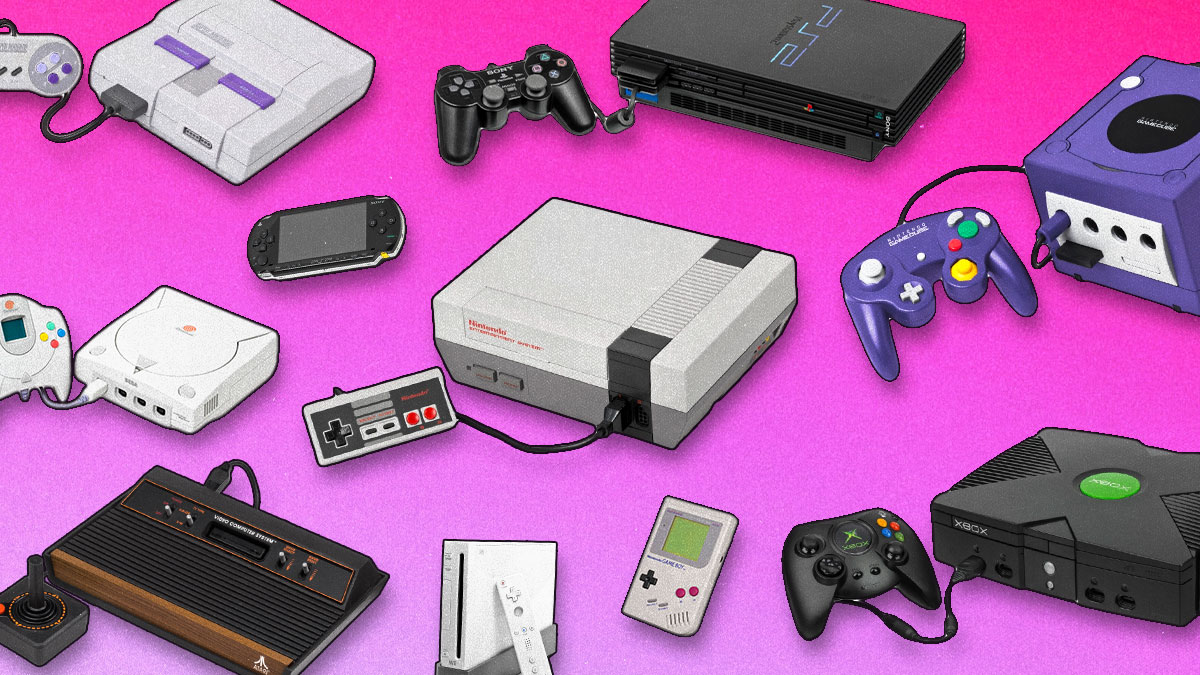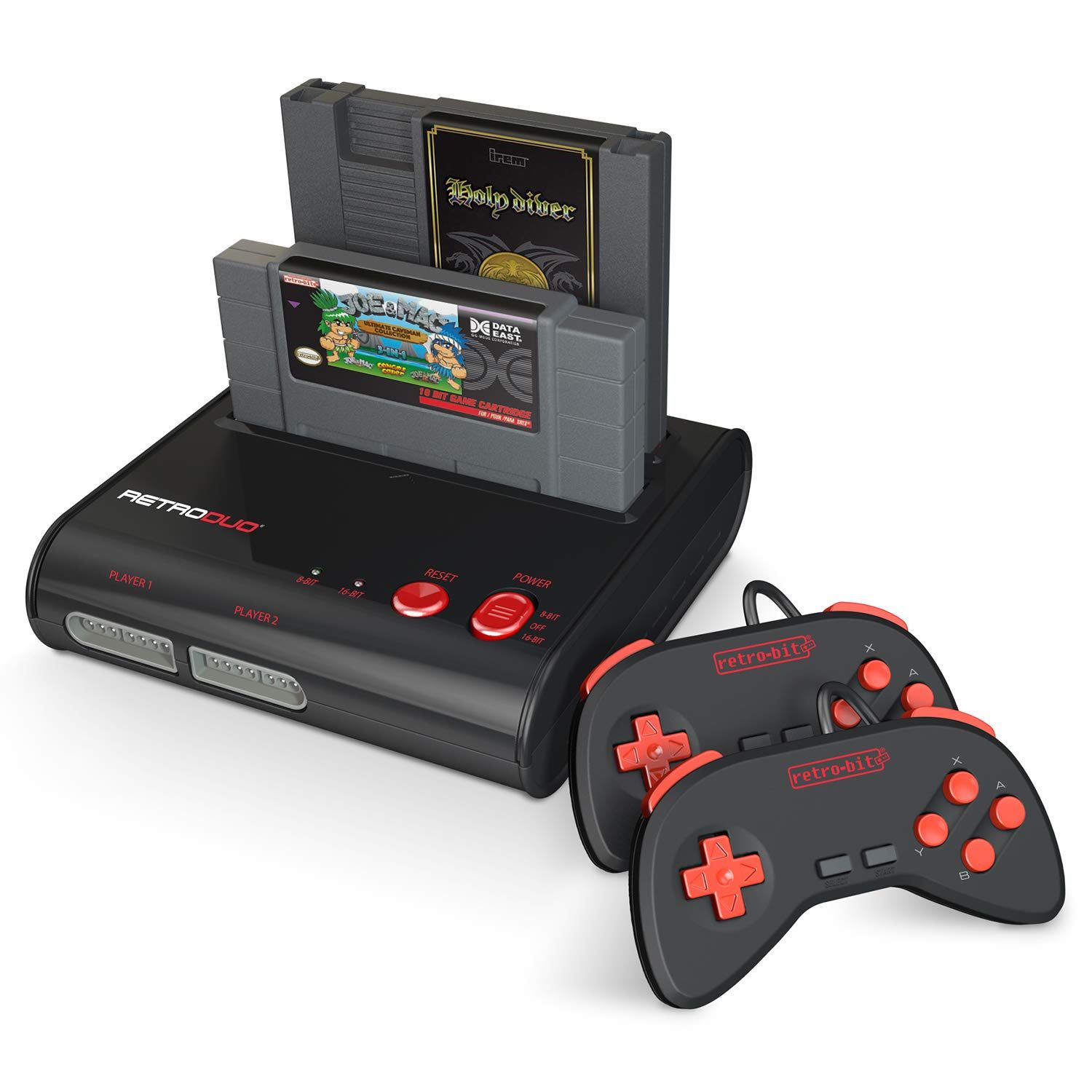

The Evolution of Popular Gaming Consoles: A Journey Through Interactive Entertainment
From simple boxes displaying rudimentary shapes to powerful multimedia centers capable of rendering stunningly realistic worlds, gaming consoles have undergone a dramatic transformation. They have not only revolutionized the way we play but have also become central to the global entertainment industry and a significant part of modern culture. This article traces the fascinating journey of popular gaming consoles, exploring their evolution, impact, and the intense rivalries that have shaped the landscape of interactive entertainment.
The Dawn of Home Gaming: Pioneers and the First Crash
The concept of playing video games in the comfort of your home began to take shape in the early 1970s. While arcade machines were thriving, the first true home video game console, the Magnavox Odyssey, was released in 1972. It was a simple analog device, displaying basic shapes on a television screen, but it laid the foundational concept.
However, it was Atari that truly ignited the home console market. Following the success of their arcade hit Pong, Atari released the Home Pong console in 1975. This was a dedicated console playing only one game. The real game-changer arrived in 1977 with the Atari Video Computer System, later known as the Atari 2600. This console featured interchangeable cartridges, allowing players to experience a variety of games, from arcade ports like Space Invaders and Pac-Man to original titles like Adventure. The Atari 2600 was a cultural phenomenon, bringing video games into millions of homes and establishing the cartridge-based system as the standard.
This rapid growth, however, led to a lack of quality control. The market became flooded with poorly made games, confusing consumers and eroding confidence. This culminated in the infamous North American video game crash of 1983, which saw the industry’s value plummet, leading many to believe that video games were just a passing fad.
The Resurgence: Nintendo’s Reign and the First Console War
The savior of the industry emerged from Japan. Nintendo, a company with a long history dating back to the late 19th century (initially making playing cards), released the Family Computer (Famicom) in Japan in 1983. Redesigned and launched in North America in 1985 as the Nintendo Entertainment System (NES), it was carefully marketed not as a video game console but as an “entertainment system” or “toy” to distance itself from the crash.
The NES was a revelation. It featured a robust design, a strict quality control policy for third-party developers (the “Nintendo Seal of Quality”), and, most importantly, incredible games.










